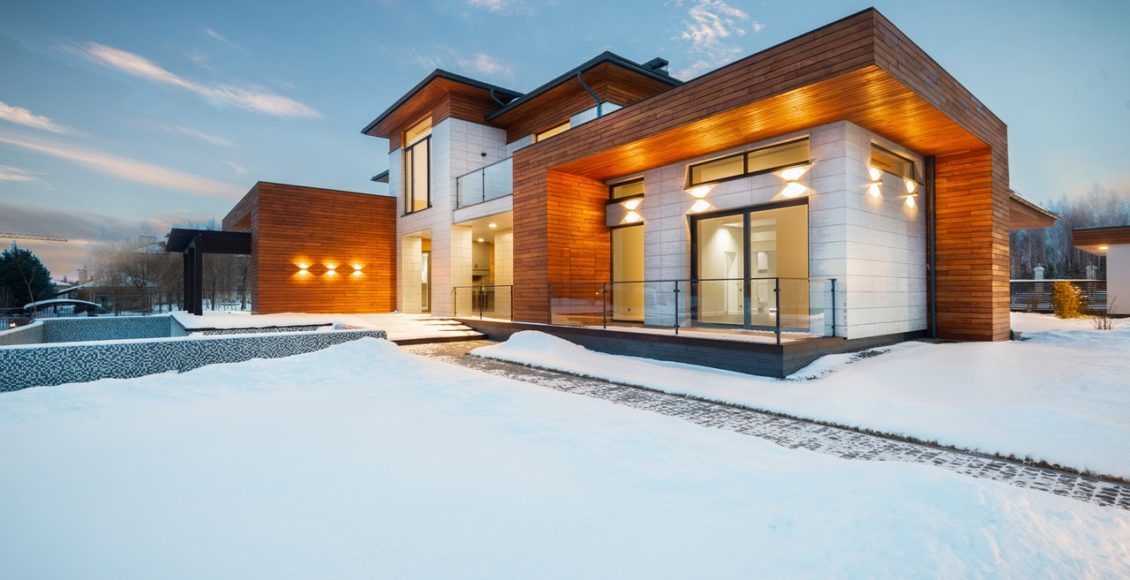Renovations offer a significant way to address the issues around your house. When planning a home remodel, think of ideas that do more than lift your home’s curb appeal. A good renovation should benefit you and remain an essential investment for the future owners of your house (if you’re planning a resale).
The ideas could be as simple as changing your home’s gutter guards or installing new ones, but their effects last longer. Here are some key renovations to take on during your next home remodel. Most of them are easy DIY projects you can complete within a weekend, while some cost way less than their ultimate return on investment (ROI).
1. Prepare for Summer and Winter Protection in Advance
The heating, ventilation and air conditioning (HVAC) system makes your home habitable for you and your family. Also, a well-functioning HVAC system protects your home’s other heat and cold-sensitive components.
The harsh winter cold and the scorching summer heat may mean a lot of damage around your house. Ensure that your HVAC equipment is in good working condition before intensive use. Seek early repairs to keep it running. Also, check the insulation in your garage door and confirm the seal on your windows and doors is in contact.
You may also want to invest in a ceiling fan during summer to add more comfort and heat protection to your household.
2. Ensure the Roof and Your Home’s Drainage System Is Perfect
A home’s drainage system is just as crucial as the veins in your body. The waterlogging in different parts of your home can make the place unpleasant to stay in. Also, it creates a habitat for unwanted animals and insects and is a significant threat to your home’s foundation and structure.
For a start, schedule a yearly or bi-yearly drainage cleaning maintenance with your plumber to keep every channel working perfectly. Look out for any leaks in your ceilings during rain, and address the problems, if any. A cursory inspection after every storm is also an excellent idea.
In case you notice any signs of storm damage, such as missing shingles or leaks, it’s important to take immediate action. If you need more information or assistance, click for storm damage roof repair in order to get professional help. Expert roofers can assess the extent of the damage and provide the necessary repairs to ensure the long-term integrity of your roof and the safety of your home.
Likewise, test your internal drainage systems regularly to minimize the chances of flooding and related damages.
Installing gutter guards offers an excellent way to keep debris and leaves out of your gutters. That helps limit flooding in your basement and protects your home’s foundation.
3. Address Any Power Issues as Soon as they Occur and Restore Dead Outlets
Poor electrical connections, naked wires, and faulty equipment can be hazardous to your home and family. Thus, you should ensure that every part of the electrical system functions properly and address any issues.
Check the outlet at least once yearly to rule out any issues. Also, inspect the Ground Fault Circuit Interceptors (GFCIs) at least twice annually to ensure they’re in perfect condition and function. Consider hiring a professional for your electrical renovations and repairs to be safe.
4. Add a Fresh Coat of Paint
A fresh coat of paint does more than add beautiful glamor to your house — quality paint adds a new layer of protection to your house and helps in keeping various elements out of contact with your home. It keeps the house safe from insects like termites, protects it from moisture damage, and shields it against dust.
Painting exposed wood, for instance, protects it from absorbing moisture and avoids mold and mildew. New paint on wood also protects it from rotting due to dampness and keeps termites away.
The low cost of painting is an added advantage. For example, hiring an expert for interior painting work will cost you from $3,600 to $6,000. You can also decide to do the work yourself at a fraction of the price.
But, it pays to learn the safety measures when dealing with lead-based paints, especially for homes built before 1978.
5. Get a New Siding
Siding defends your home against the harsh elements from the atmosphere, flying debris, and weather (snow, wind, heat, or rain). Your home’s siding can last between 20 and 40 years, especially with proper care and maintenance.
But, many factors play a part in the overall durability of your siding. The material, for instance, can mean it lasts longer or shorter than expected. Also, harsh elements, debris flying due to a storm, or strong winds can hit it and cause a significant impact.
If you feel concerned, you may need to replace the siding for more extended home protection. Talk to an expert to help you establish if your home requires a new siding and the most suitable material. A fresh veneer is an excellent choice since it offers the protection you need and comes with the appealing view everyone admires.
Conclusion
A home purchase is a significant investment. And every homeowner desires to get the most out of the commitment. The time for upgrades and renovations may not be ideal for your pockets and schedules. But, making every remodeling project ideal and worth the time, money, and energy is a perfect decision. The tips above may sound easy, but their outcomes pass down to the future owners of your current house.



Comments are closed.